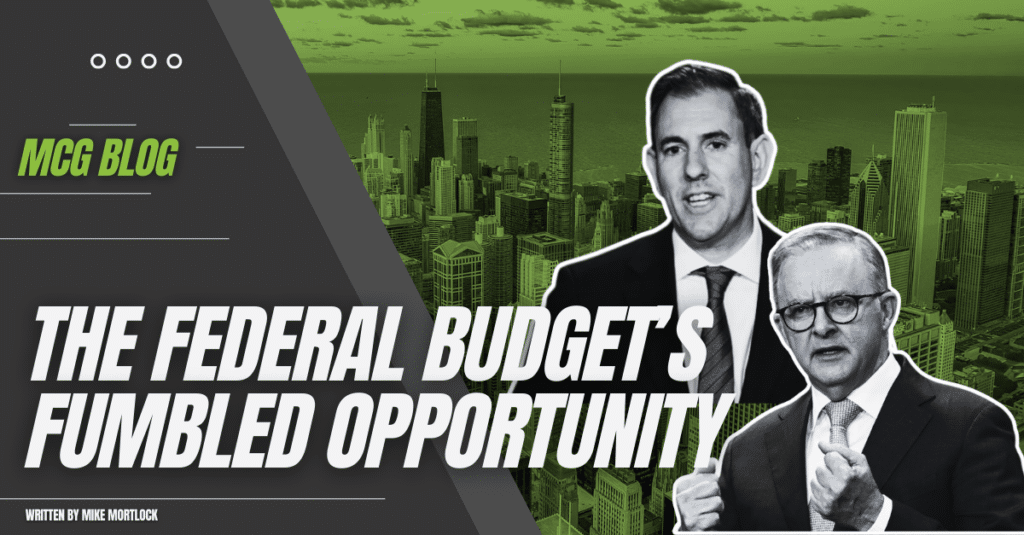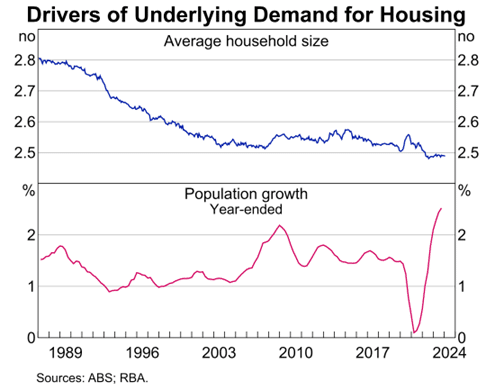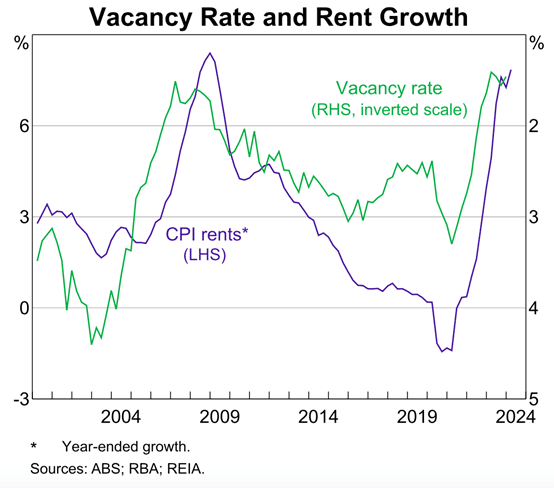The Federal Budget’s fumbled opportunity

The argy-bargy of political wrangling always seems to include collateral damage. Parties come out swinging with a host of policies they say will help some group or another. They want to appear to be doing the right things – or, at least, the most popular thing. It’s important for the pollies to get the voters onside or risk being out of a job. But the outcomes of this to-and-fro often fall short with constituents left wanting.
Unfortunately, the current rental crisis is highlighting this reality. In fact, comments from Sarah Hunter, Assistant Governor of the RBA, during her presentation at the REIA Centennial Congress in Hobart in May this year have me convinced a golden opportunity to address this burning issue has been missed during the Federal Budget’s announcement.
The numbers don’t lie
Unless you’ve been hiding under a lump of rock on the dark side of the moon for the past few years, you’ll be aware we are enmeshed in a rental crisis of historic proportions.
Around the nation, rental markets are running at ridiculously low vacancy rates – almost all are under two per cent, with many at or below one per cent. Locations have seen rents rise quickly in response.
In fact, the latest inflation figures from the ABS show rent is rising at around 7.5 per cent annually. That’s more than double the overall increase in CPI.
I found Ms Hunter’s comments on this particularly compelling. She used her platform to explain exactly why housing and rental markets are under so much stress.
“Underlying demand for housing, whether people rent or own their own home, is fundamentally determined by the size of our population and the number of people that live (on average) in each dwelling,” Ms Hunter said.
“Right now, just under 27 million people live in Australia, in about 11 million households. The average number of people living in each household has trended lower, from around 2.8 in the mid-1980s to around 2.5 of late. This may sound like a small change. But, if for some reason average household size rose back to 2.8, we would need 1.2 million fewer dwellings to house our current population – no small difference.”

Essentially, she has that said population growth (including record gains in migration) coupled with decreasing household density has created a demand for shelter of monolithic proportions.
The Assistant Governor also put paid to the idea that rising interest rates are driving rents higher. While it’s true property owners with mortgages have been dealt a tough hand with rates rising in 2022 and 2023, the cost of cash has little influence on rents in reality. Like most things property related, it’s the market – or more specifically, demand versus supply – that dictates the direction of rents.
As Ms Hunter explained:
“At first glance, it does appear that there could be a positive relationship between interest rates and market rents – the two often move together. However, our preliminary analysis suggests that market conditions (captured via the vacancy rate) explain most of the movement in market rents, and there is little to no evidence of direct pass through to rents from higher interest costs in the short term.
“As such, the observation that market rents and interest rates move together appears to be a case of correlation, rather than interest rate rises causing rents to increase.”

Put simply, rents have gone up because supply is too low and demand is high. Rents have not gone up because of interest rates.
The solution is that we need more rental properties and we need them fast.
Missed opportunity
There are a range of steps for our politicians to take, but they continually fail to do so. This is perhaps one of the most frustrating things about modern Australia.
For example, the recently announced Federal Budget did little to boost prospects for housing supply.
Sure, there were tax cuts, cost-of-living relief via measures like power bill rebates and a boost to rental assistance. But none of these encourage more housing to be built and made available for renters.
No… the budget was more band-aid than cure.
I believe there are a few steps which could have stimulated supply and started driving us back from the crisis.
Firstly, why weren’t there more incentives for developers to build housing? Construction cost increases, lack of labourers and timeline blowouts all eat into development margins. Tax breaks that reduce the financial burden would prompt developers to move ahead with projects faster.
There was also a chance for the government to establish low-interest construction loans. Increasing the availability of cheap, accessible finance would do wonders in getting more housing built by the private sector.
Planning roadblocks across jurisdictions need to be addressed too. Anything the federal government could have done to assist here would have been hugely beneficial. We need to end NIMBYism and support more construction by streamlining the planning processes and reducing costs.
Similarly, mum-and-dad property investors could use a break too. The absolute shellacking they’ve been copping from some politicians is abominable, despite the fact private landlords supply around 90 per cent of all accommodation in the rental market. Chants calling to end negative gearing and generous CGT allowances discourage these investors, ultimately leading to less housing for renters. Instead, let’s see pollies bolster their praise for everyday landlords and look to apply more carrot and less stick.
Yes, there are moves that need to be taken and it would have been great to see them lead from the top in this year’s budget. Unfortunately, it’s just another fabulous opportunity left withering on the vine of political wrangling.
